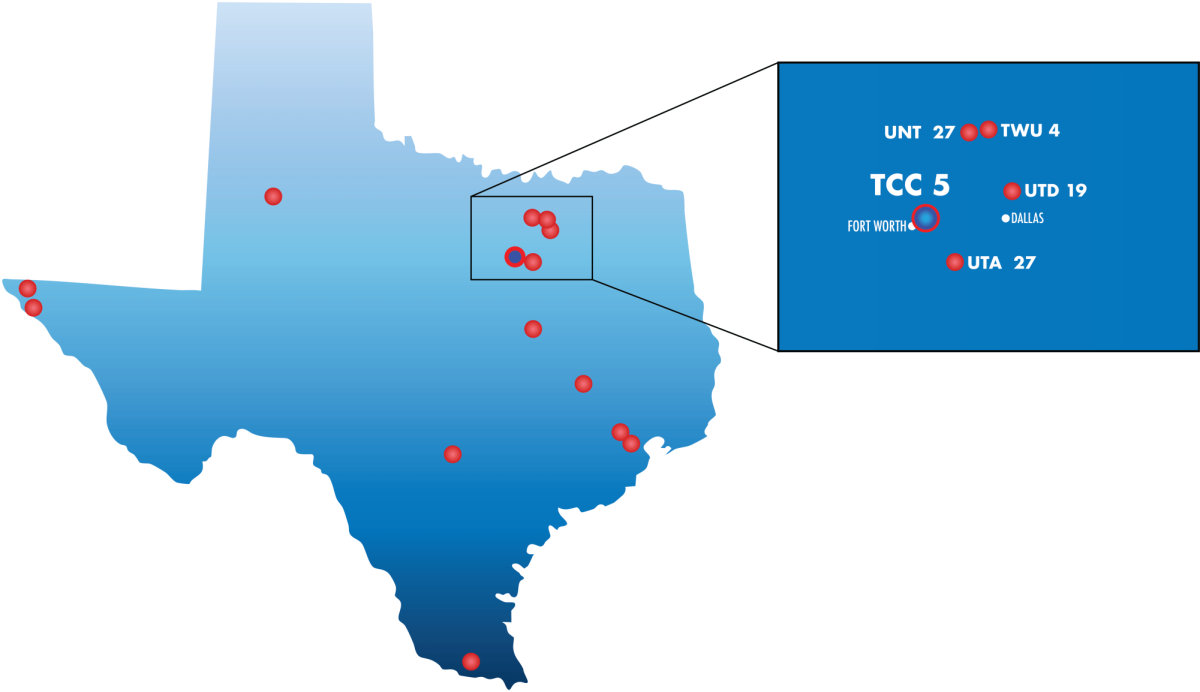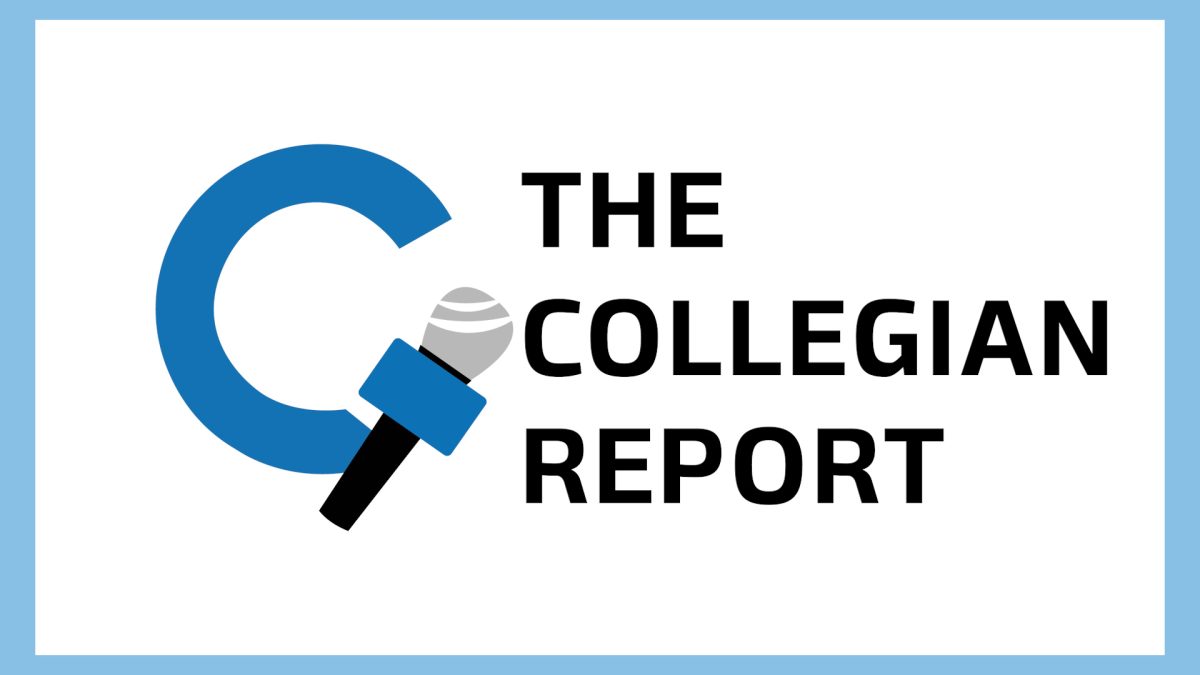By David Boyd/reporter
Remember the story of “The Boy Who Cried Wolf”?
I was reminded of the story recently when creative embellishment in the local television weather and traffic news led me to call my younger brother with a frantic warning about reported flooding on I-20 near McCart, a path on his daily commute.
Unable to warn him about impassable driving conditions, I was relieved when he called to say he had no trouble with the drive, encountering neither standing-water nor traffic problems.
Later that evening, I turned on one of my favorite programs, Boston Legal, but WFAA Channel 8 preempted the witty courtroom drama for emergency coverage of a new alleged severe weather development. Viewers were told to “keep informed,” meaning don’t change channels.
We were soon told hail was possible and funnel clouds were present, although none of their many on-location video journalists captured anything more threatening than lightning and light rain.
Armed with high-tech, brightly colored charts, director of weather propaganda Pete Delkus cautioned the storm was severe, so we should move to safety and continue to “keep informed.” As my wife and I watched, the bright colors passed by our spot on the map with neither a blackout nor an interruption in the service of my fickle and delicate satellite. Still the dogged news crew held their danger angle.
The anchorpersons deferred to their ace in the hole, on-location reporter Darla Miles, ready to stand courageously like an embedded war reporter telling us about the strong wind. Glad I hadn’t decided to stand outside in a ballcap. I would have been chasing it for a while. Thanks, Channel 8.
I flipped through all the major channels, and every local news team was guilty of these exaggerations.
We were inundated with such alarms this winter. When the temperature would dip into heavy jacket territory, we received “Arctic Blast” reports. These interruptions have become common as sensationalistic, attention-grabbing stunts replace common sense and journalistic integrity.
Short of inciting panic, these meteorologists-turned-educated guessers seize the moment to grab the spotlight any time the sky pumps out anything other than sunshine.
Marketing and branding of weather activity has reached the point that viewers cannot fully trust the intentions and inconsistent reports of these people. We don’t take them seriously, and some day when the weather is as bad as they say, we may not believe them because they cried wolf too many times.


























